Interiors

Yes, the more significant changes are to the interiors. To start off, the new all-black theme looks more sophisticated compared to the beige one:

Silver accents add to the interior appeal. Notice the 3 different shades of black:

The steering wheel wears a dark brown leather wrap, which doesn't go too well with the theme. The plethora of buttons on the wheel make it a busy unit; an easy turn-off for a minimalist. Still, it's nice to hold and while it won't satisfy an enthusiast, it is super-light and fairly direct, which makes manoeuvring this sedan a breeze. Can be adjusted for reach & rake:
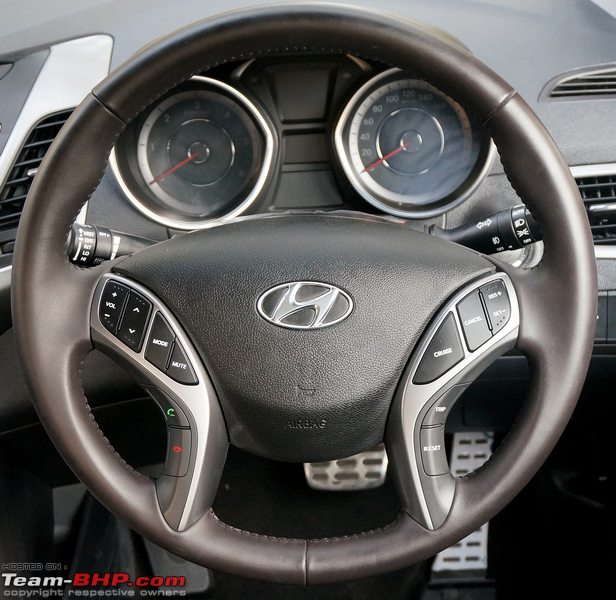
Meters are tucked in twin pods. They are electroluminescent i.e. they remain illuminated at all times when the car is on:

Among other things, the MID displays 2 trip meters, average speed and travel time. If the Verna could get a fuel efficiency indicator and distance to empty counter, why couldn't the Elantra?
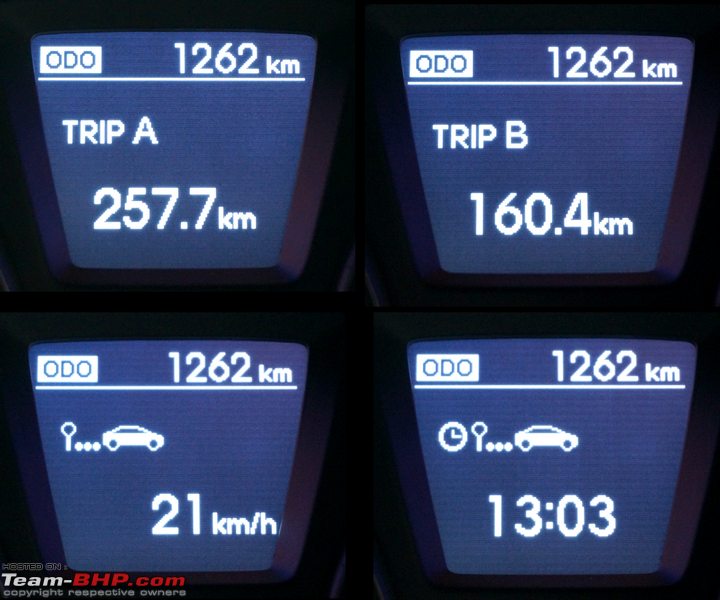
Parking sensor display on the MID:

It also displays the backlight brightness, door open reminder and allows you to control functions like headlamp delay, lane change indicator and auto door locking / unlocking:

The Elantra has auto headlights and like the 4S Verna, it takes a lethargic 3 seconds to turn on / off the light when entering a tunnel. Still no rain-sensing wipers though. While the quality of stalks feels good, it doesn't feel as premium as the Elite i20's...and that speaks a lot about the Elite i20!!!

Front seats offer good support (all round). They're a nice place to be in, for those long highway drives:

While the armrest does have fore & aft adjustment, it is positioned on the lower side. I didn't find myself using it at all:
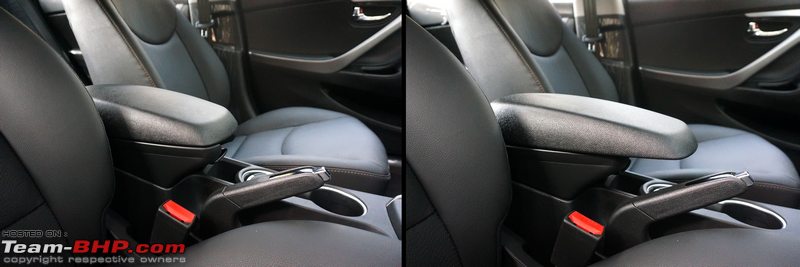
With 10-way electrical adjustment, it doesn't take too long to get comfortable. I especially liked the lumbar support adjustment:
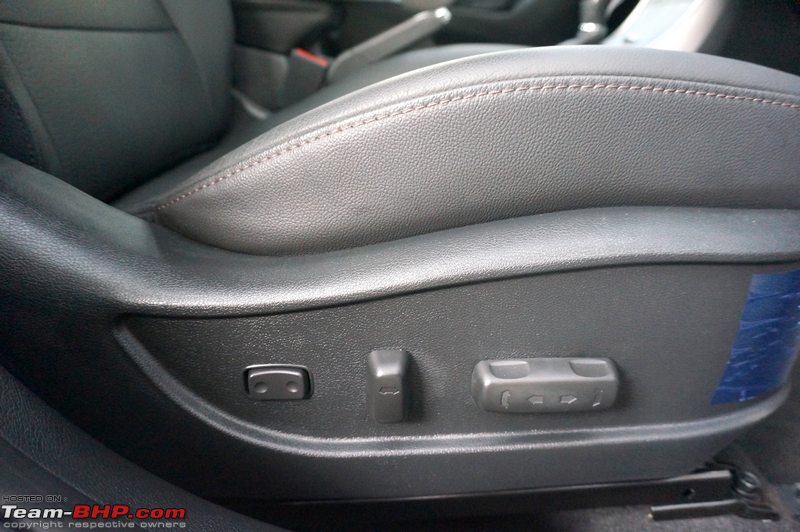
Scuff plate with an '
Elantra' badge:
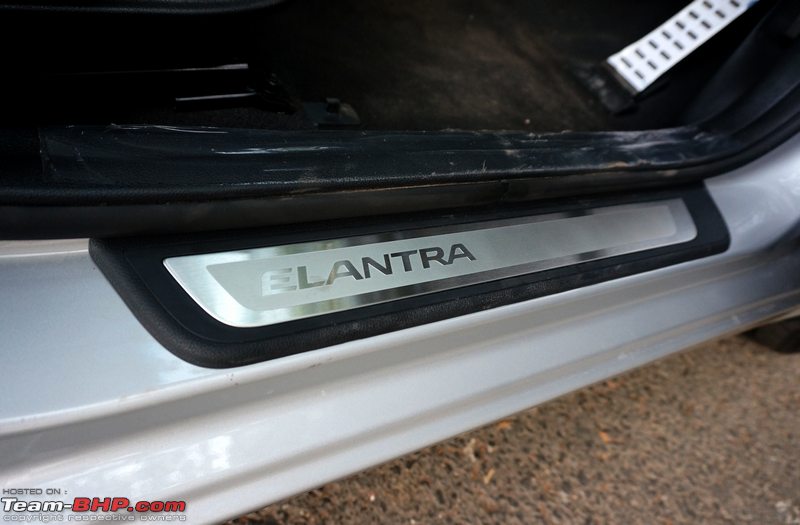
Dull silver accents break the all-black monotony on the doorpads. The door pockets are large enough to carry a 1L bottle and some smaller items too. Front doors have a speaker + tweeter:

Switch gear is shared with its smaller siblings. Only the driver's window gets a one-touch up & down feature:
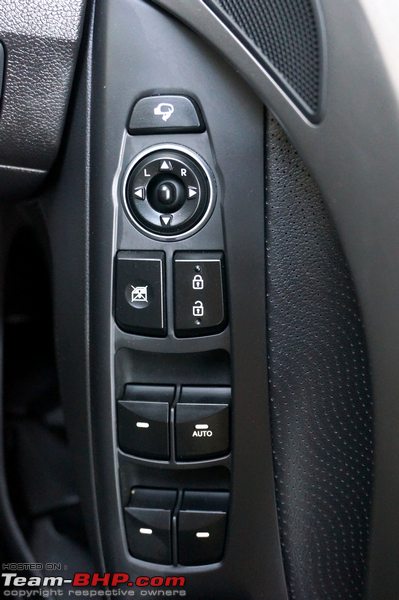
Chrome door handles and lock are too loud for my taste. Though, the mass market loves chrome!

The door is well padded. This feels like a premium car, and not an overpriced Hyundai:

You can access 'audio on' (yellow light) and 'ignition' modes (blue light) by pressing the start / stop button without the clutch pedal:
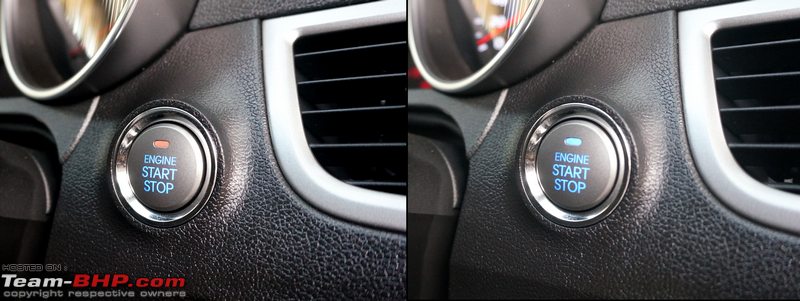
The ESP button, instrument cluster brightness setting and headlamp adjustment buttons. A dummy button isn't something I want to see on a fully loaded sedan:
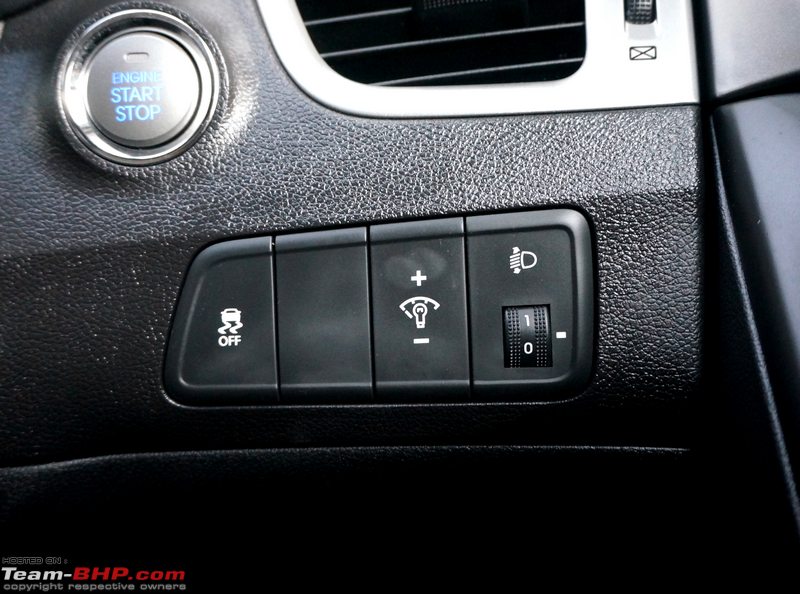
Sporty aluminium pedals. Ample room to rest your left foot too:

No key sharing here (like the 4S Verna, Elite i20 & Grand i10). The key still remains exclusive to the Elantra:

Till date, I thought 'Continental' was only a tyre brand. They even make thin smart-keys (
link):

The waterfall console gets subtle changes:

While the digital clock's placement remains unchanged, the backlight & fonts are better than the outdated ones of the earlier Elantra:
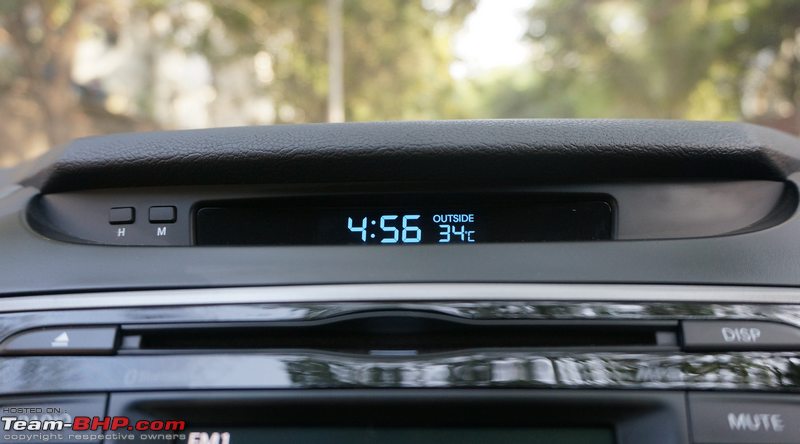
Then, there is a new tiny 4.3" touchscreen infotainment system surrounded in a parallelogram piano black housing. The system also serves as a reverse camera display and unlike the Elite i20, this one doesn't have adaptive guidelines! The air-con vents are now larger and have moved beside the infotainment system, a position where they should have always been. Now, these can be shut-off completely too:

Owners get 750 MB of inbuilt memory too. The touch sensitivity of this system is like the first-gen touchscreen mobile phones. Sound quality via other media was fairly good and apart from hardcore audiophiles, nobody will complain:

The display for the dual-zone climate control has changed; this one looks a lot more upmarket than the vulgar blue of the older car. There has been a button rejig too:
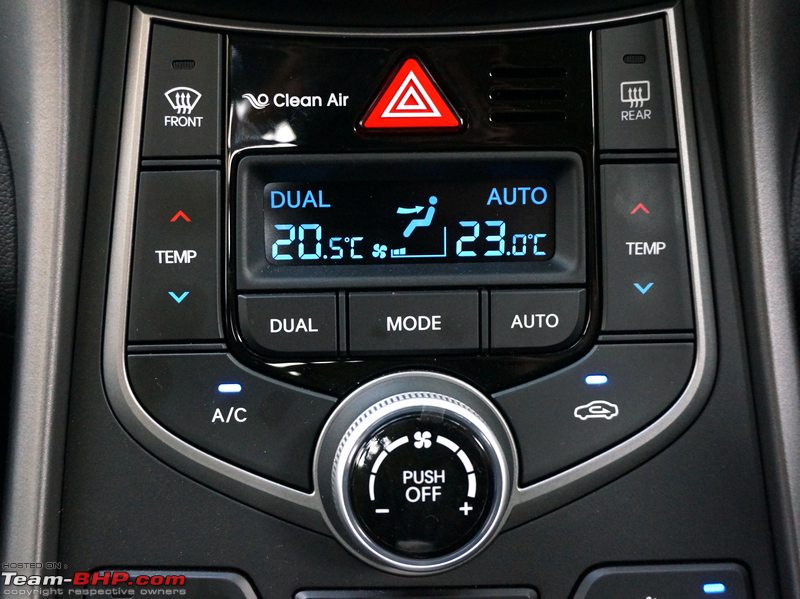
The front seat ventilation feature is superb. No more sweaty shirt-backs after a drive in the hot and humid summer afternoon of Mumbai. I wonder why more manufacturers aren't adding this feature to their cars:

A 12v socket for the front passenger with a cubby holder beneath. The driver makes do with only the cubby holder on the other side:
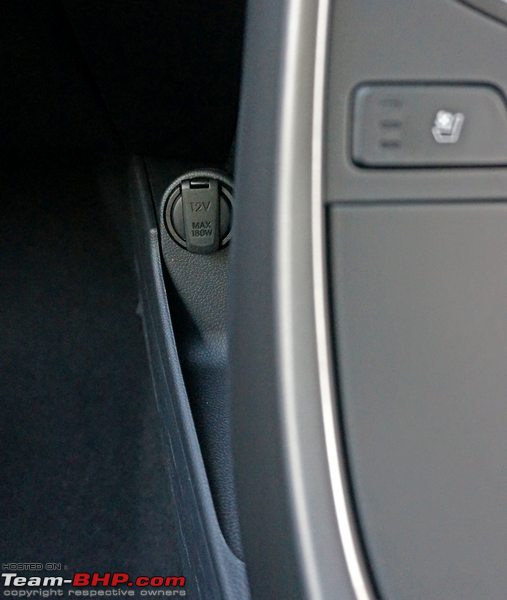
A neat, covered storage area with a 12v socket and audio inputs:

Leather-wrapped gear knob feels of a high quality. No Sport mode here. Only P, R, N & D with tiptronic:

Storage areas across the cabin are generous. The tiny cubby hole as well as the armrest console have a felt dressing:
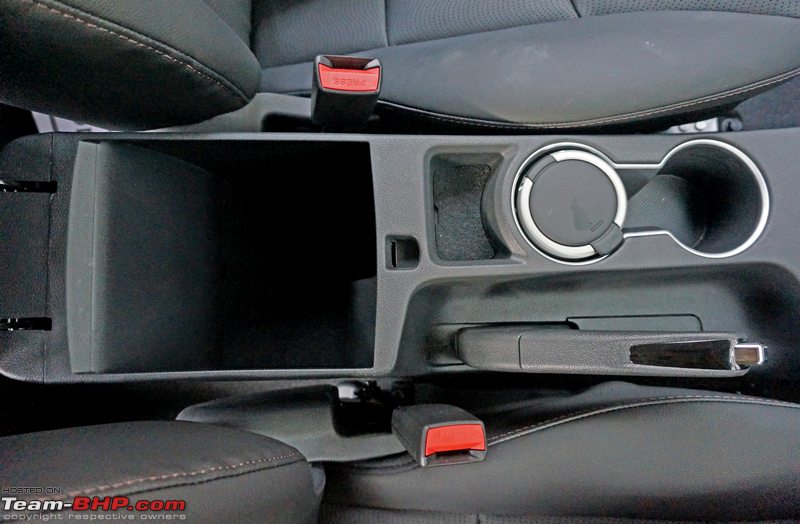
A medium-sized glove box with cooling function:

Sunglass holder + individual map lights:
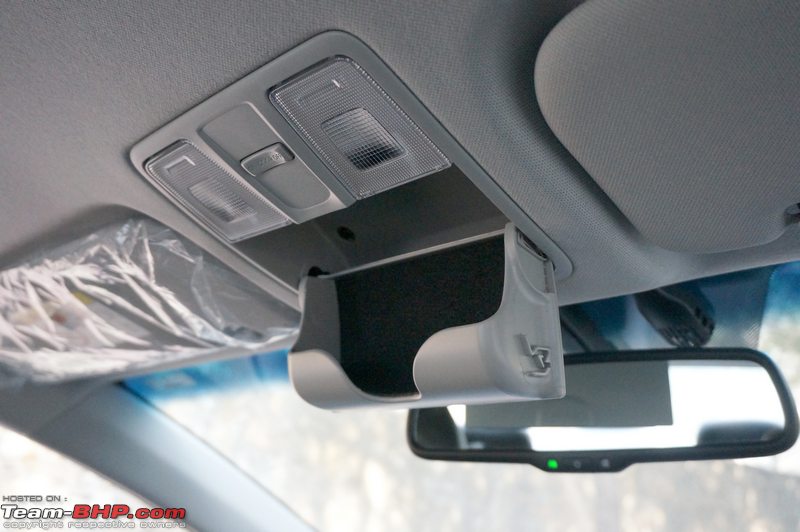
Auto-dimming rear view mirror:
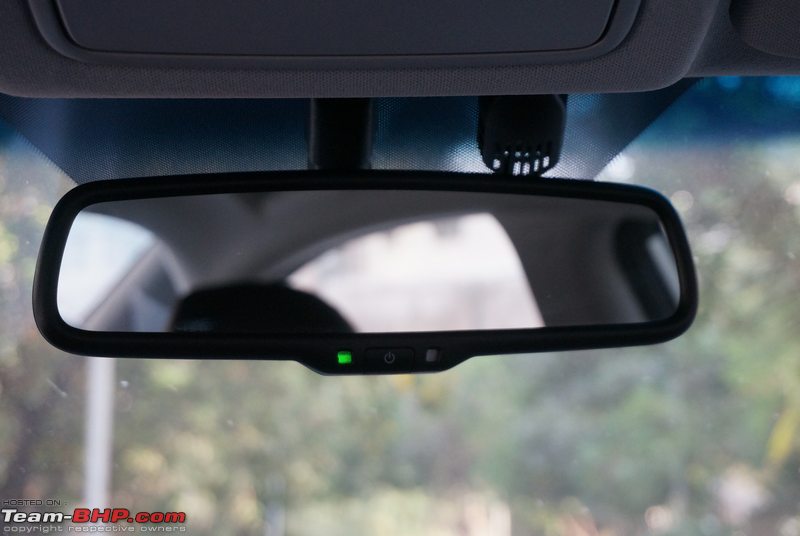
Mic is located just above the driver's seat:
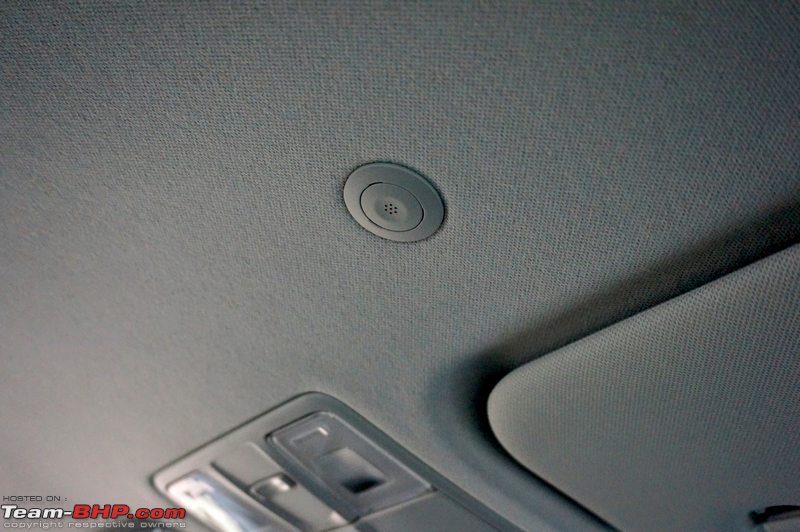
The vanity light (both sunvisors) is manually operated:

Useful ticket holder on the driver's sunvisor:

Rearward visibility is poor because of the short windscreen and tall boot. The rear headrests only make matters worse:
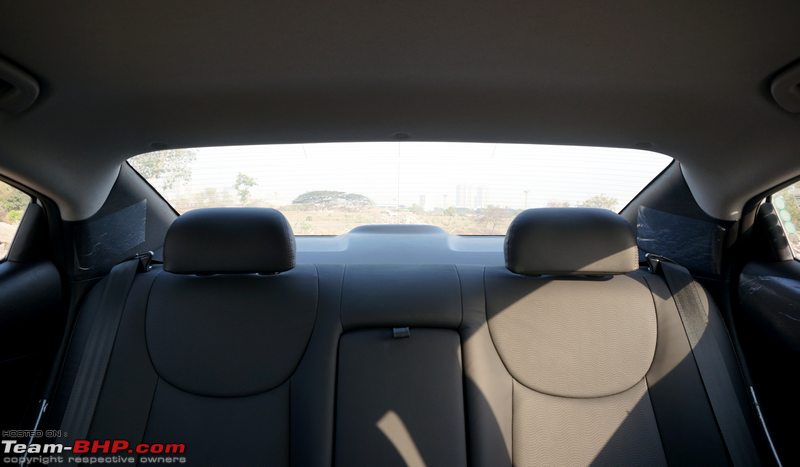
Seatbelts are height adjustable:

Passenger's seat has manual adjustments only. No lumbar support here:
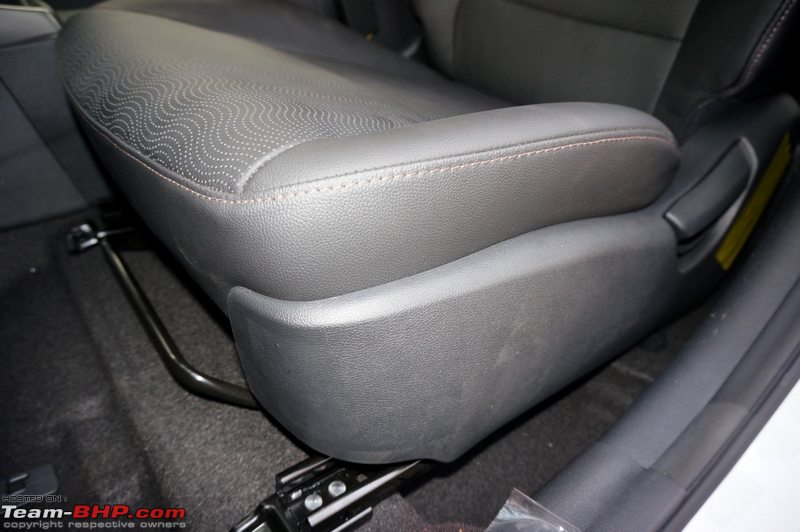
The backseat is very sofa-like:
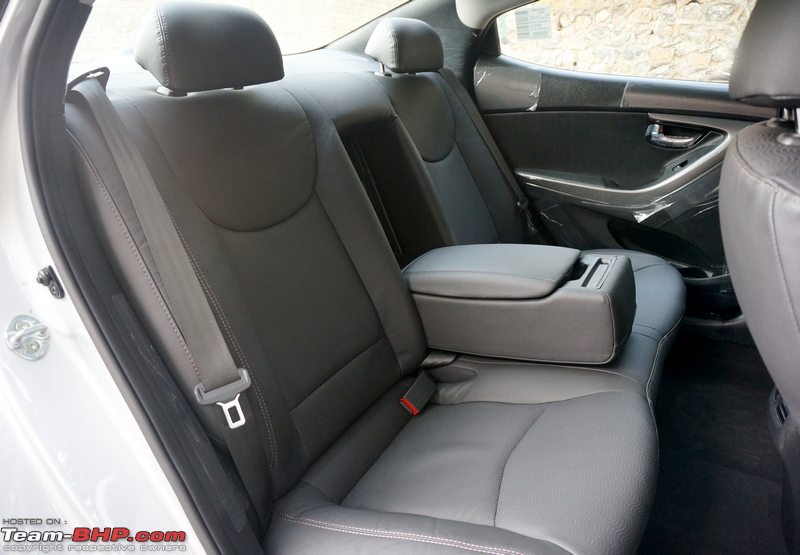
Seat is wide enough for 3 and provides good under-thigh support. Compound is on the softer side:

Almost flat floor hump, can accommodate a third pair of feet:

The rear air-con vents:

With the driver's seat adjusted to my driving position (I'm 5'10"), notice the knee room I still have at the rear:

Rear neck-restraints still there (they were deleted in the Verna facelift):
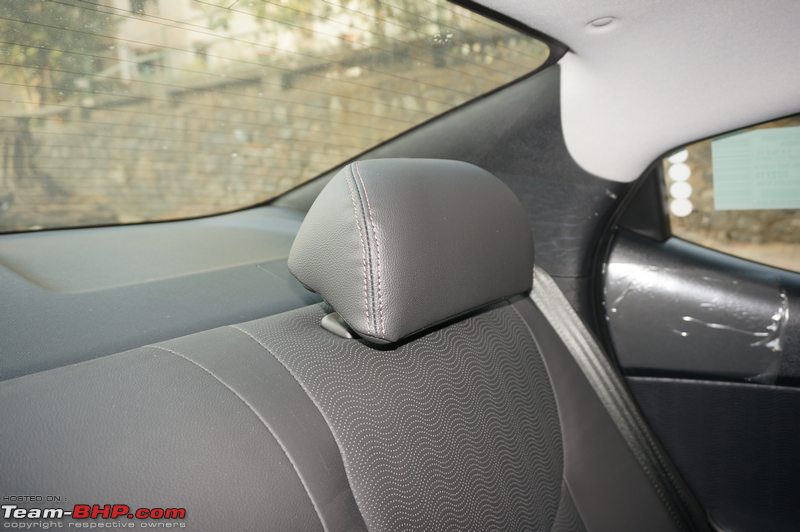
What they have deleted are the rear audio controls from the center armrest

! However, the 12v socket is still present to charge your gadgets:

Rear cabin lamp is located between the front and rear seat which adds to its utility:
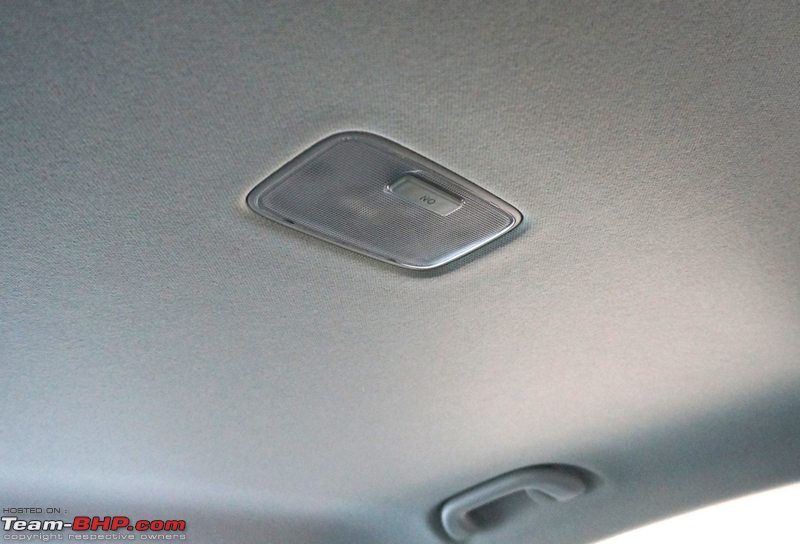
Small touches like these add a lot to the appeal of a car. Clever folding coat hook:

The rear glass doesn't go all the way in:

485 liter boot is accommodating. Notice the nifty net to prevent loose items from being thrown around:

Yes, you get a full-size spare (alloy) wheel:
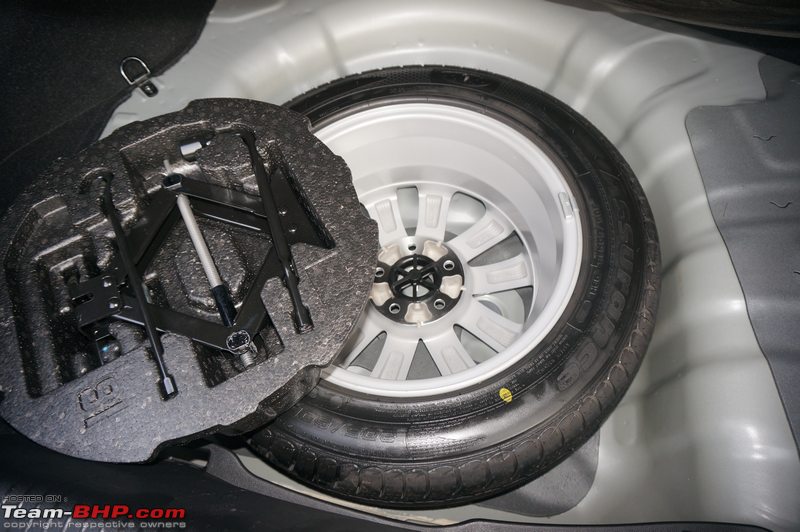
 (23)
Thanks
(23)
Thanks
 (10)
Thanks
(10)
Thanks
 (20)
Thanks
(20)
Thanks
 (19)
Thanks
(19)
Thanks
 (20)
Thanks
(20)
Thanks

 (1)
Thanks
(1)
Thanks
 (6)
Thanks
(6)
Thanks
 (1)
Thanks
(1)
Thanks
 (1)
Thanks
(1)
Thanks

 (4)
Thanks
(4)
Thanks
 (1)
Thanks
(1)
Thanks
 (1)
Thanks
(1)
Thanks







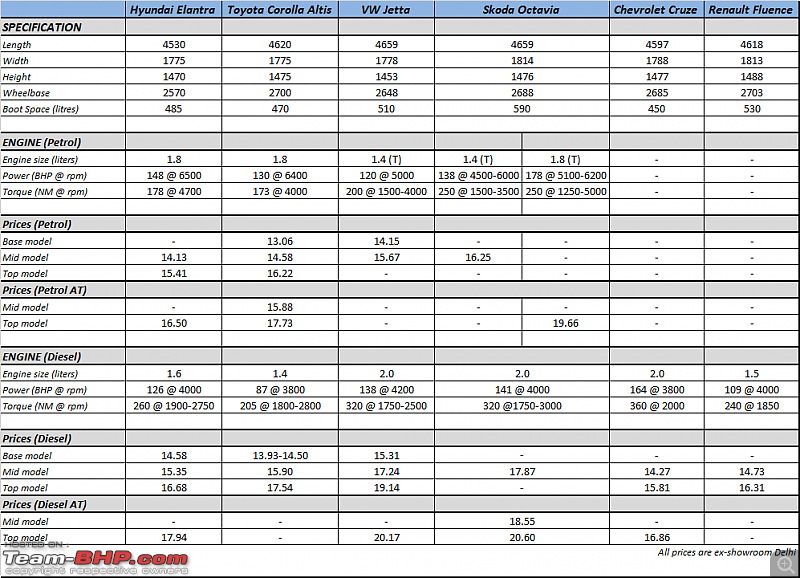




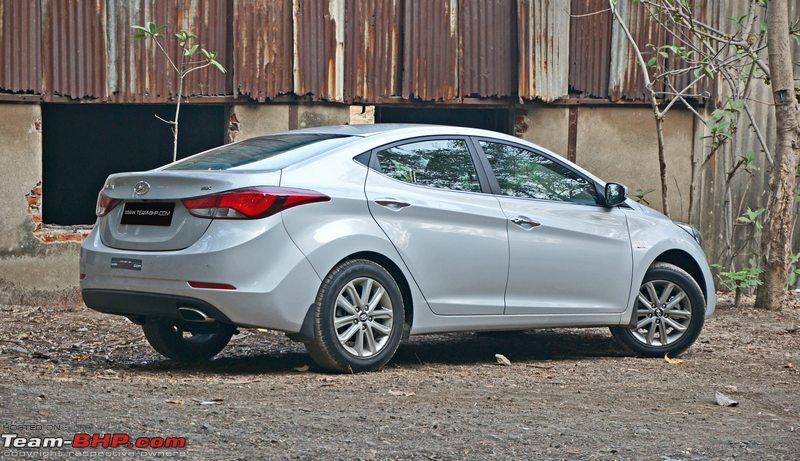









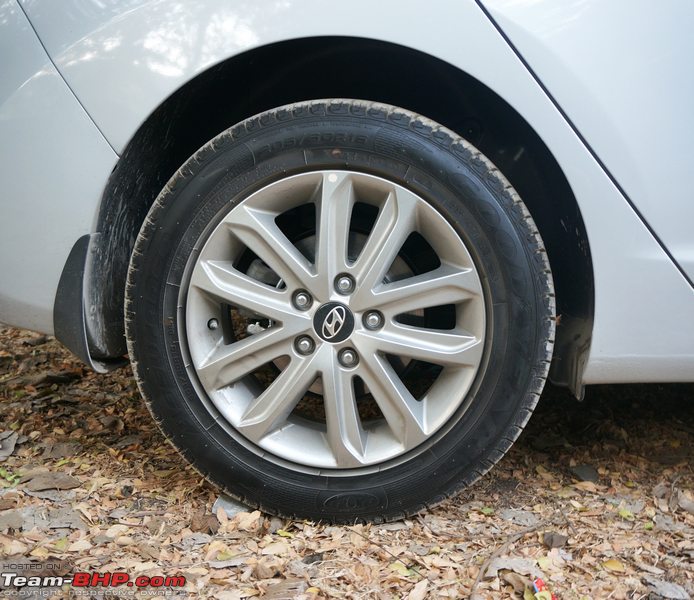
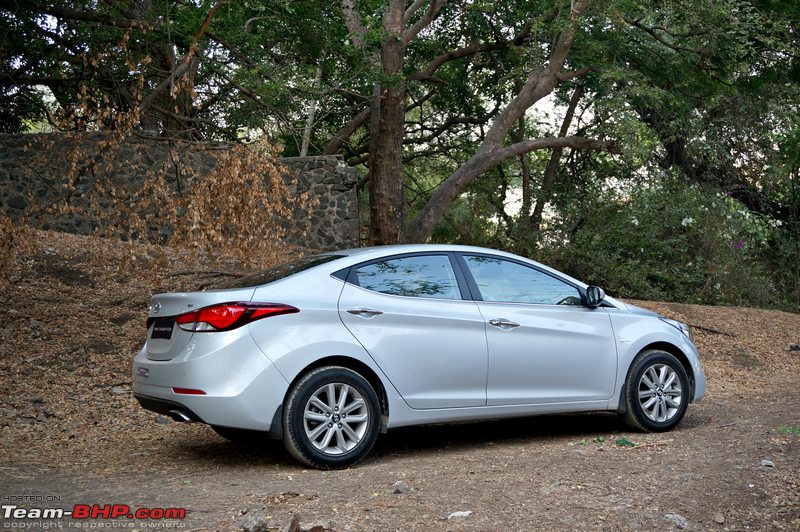






















































 ! However, the 12v socket is still present to charge your gadgets:
! However, the 12v socket is still present to charge your gadgets:










